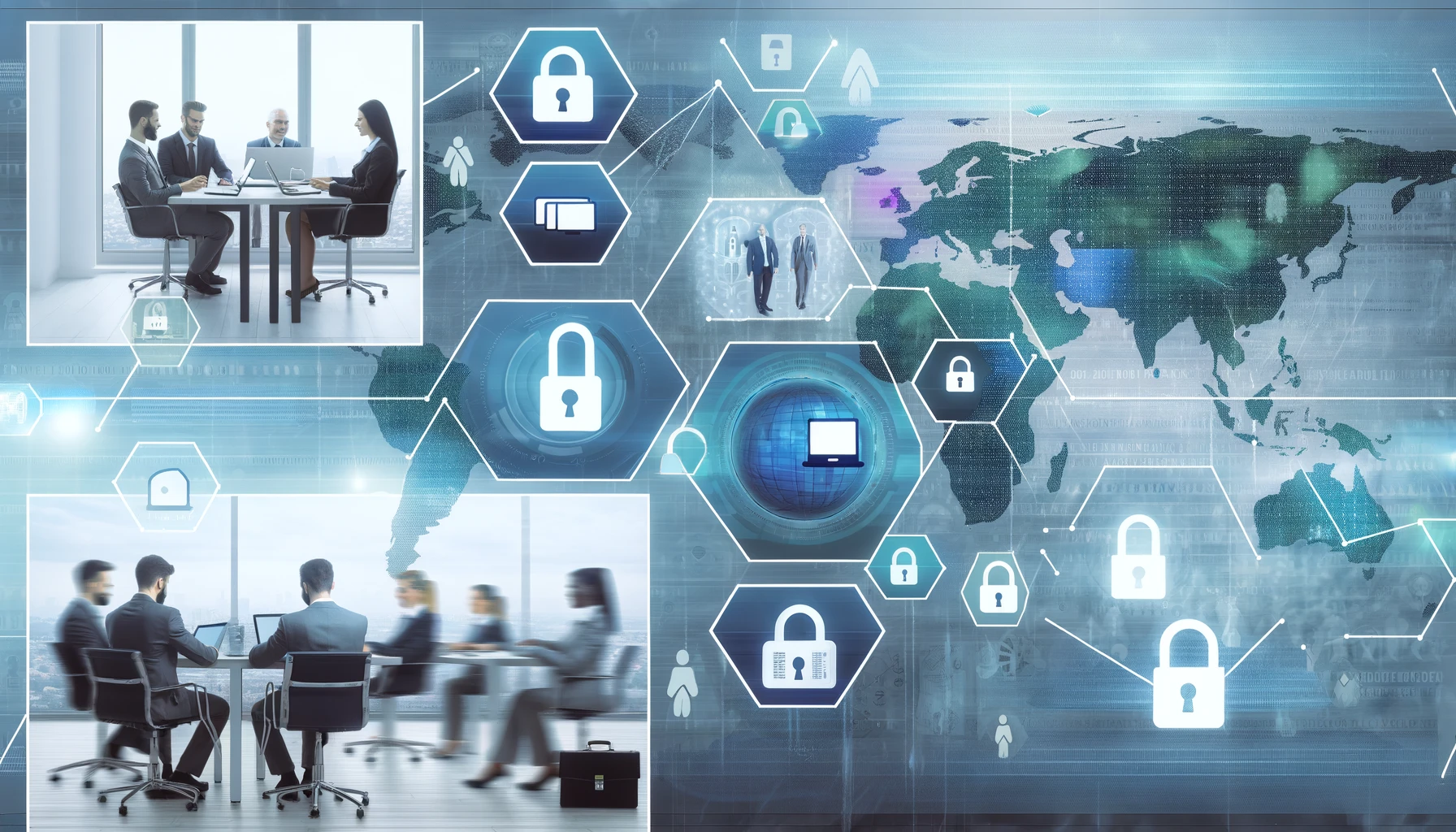



As businesses continue to adapt to the new normal established by the COVID-19 pandemic, the shift towards remote work has become more pronounced and, with it, a heightened focus on cybersecurity. This evolution has not only changed where we work but also how businesses must approach securing their digital environment. In 2024, the persistent risk associated with remote workforces remains a top concern, compelling organizations to rethink their cybersecurity strategies to protect against sophisticated cyber threats in a decentralized work environment.
As businesses continue to adapt to the new normal established by the COVID-19 pandemic, the shift towards remote work has become more pronounced and, with it, a heightened focus on cybersecurity. This evolution has not only changed where we work but also how businesses must approach securing their digital environment. In 2024, the persistent risk associated with remote workforces remains a top concern, compelling organizations to rethink their cybersecurity strategies to protect against sophisticated cyber threats in a decentralized work environment.
Remote work has expanded the cybersecurity perimeter far beyond traditional office boundaries, creating new vulnerabilities and amplifying the risk of cyberattacks. Cybercriminals have quickly adapted, exploiting weaknesses in home networks, personal devices, and cloud-based services. This scenario underscores the need for businesses to implement robust security measures that can adapt to the fluidity of the remote work model.
Remote work has expanded the cybersecurity perimeter far beyond traditional office boundaries, creating new vulnerabilities and amplifying the risk of cyberattacks. Cybercriminals have quickly adapted, exploiting weaknesses in home networks, personal devices, and cloud-based services. This scenario underscores the need for businesses to implement robust security measures that can adapt to the fluidity of the remote work model.
Investing in the right tools is key to maintaining a robust security posture in a decentralized work environment. Secureflo offers a range of solutions tailored to address the unique challenges posed by remote work, from advanced endpoint protection and secure VPN services to comprehensive cloud security and employee training programs. Secureflo’s Approach to Remote Workforce Security. At Secureflo, we understand the complexities of securing a remote workforce and offer customized solutions designed to protect your business from the ground up. Our holistic approach encompasses risk assessment, advanced threat protection, incident response planning, and ongoing support to ensure your remote workforce operates securely, no matter where they are.
Investing in the right tools is key to maintaining a robust security posture in a decentralized work environment. Secureflo offers a range of solutions tailored to address the unique challenges posed by remote work, from advanced endpoint protection and secure VPN services to comprehensive cloud security and employee training programs. Secureflo’s Approach to Remote Workforce Security. At Secureflo, we understand the complexities of securing a remote workforce and offer customized solutions designed to protect your business from the ground up. Our holistic approach encompasses risk assessment, advanced threat protection, incident response planning, and ongoing support to ensure your remote workforce operates securely, no matter where they are.
As the landscape of work continues to evolve, so too must our approach to cybersecurity. The persistent risk associated with remote workforces in 2024 demands a proactive and comprehensive strategy to safeguard against emerging cyber threats. By adopting best practices and leveraging the right tools, businesses can navigate these challenges effectively, ensuring their operations remain secure and resilient in the face of adversity. Secureflo is your partner in this journey, providing the expertise and solutions needed to achieve digital security in an increasingly decentralized world.
As the landscape of work continues to evolve, so too must our approach to cybersecurity. The persistent risk associated with remote workforces in 2024 demands a proactive and comprehensive strategy to safeguard against emerging cyber threats. By adopting best practices and leveraging the right tools, businesses can navigate these challenges effectively, ensuring their operations remain secure and resilient in the face of adversity. Secureflo is your partner in this journey, providing the expertise and solutions needed to achieve digital security in an increasingly decentralized world.





